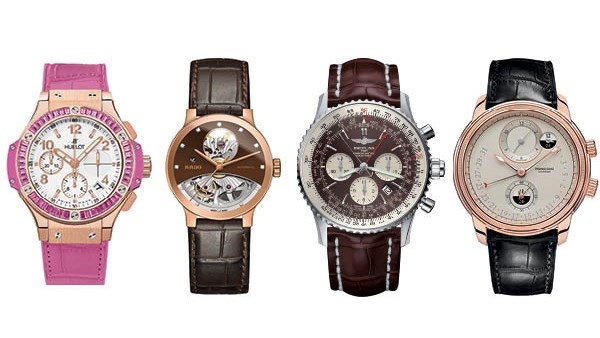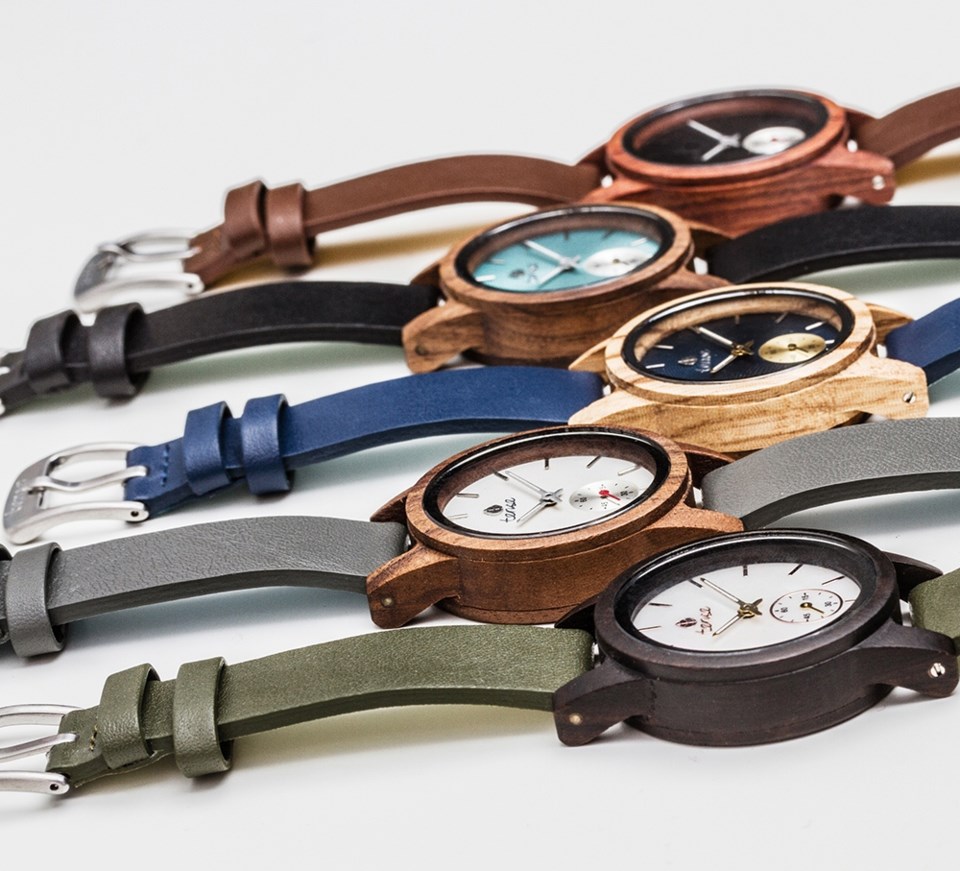A couple of weeks ago, I featured a $500 hairdryer in this column and my sister was pissed off. “Who spends $500 on a hairdryer?” she said. “Who’s reading the Westender? Suri Cruise?” It was a peculiarly specific burn, but it hit the mark. So this week, as the clocks fall back on Nov. 5, I’m recommending six watches, the least expensive of which costs more than $2,000.
You’re probably rolling your eyes now, and possibly turning the page. Aside from balking at the price, you might be wondering if anyone actually even wears a watch anymore. But hold up.
Ěý
Where art meets engineering
The best watches are beautiful –Ěýa combination of fine art and engineering, practical and decorative. “People of all demographics are still wearing watches. In fact, despite the technology that exists today in our smartphones, more people wear watches than not,” says Jason Bosa, president of Palladio Jewellers. Guys might find it convenient to check their phone when they want to know the time, but it’s not the same for women, who don’t want to have to dig through their purse. And then there’s the watch as an accessory –Ěýit might be the only one men wear. Bosa says that the affordable end of the market is seeing a sting from smart watches, but the high end, where collectors are interested in artistry, has been unaffected.
Ěý
Trend setting
High-end watches might be out of your budget, but it’s still worth checking them out: As in fashion or interior design, it’s the pricy brands that set the trends that will trickle down to the high street. Bosa says that women are typically wearing larger watches than in the past. “It’s partly because of style, but also because women are much more watch savvy than they used to be and want pieces with multiple complications (for example, moon phase, chronograph or tourbillon). These need to be bigger to accommodate the additional moving components,” he explains. For men and women, round cases are still the most popular, and in precious metals, especially yellow and rose gold. Leather straps are in, rather than metal bracelets.

Ěý
Investment pieces
If you have money to spare, a watch is not a foolish purchase from a financial point of view. You can use and wear it every day, and, unlike some big-ticket purchases, timepieces tend to hold their value. Some even appreciate over time, although it’s not a quick investment – you may need to look at it as a nest egg for your grandchildren. “Rolex is certainlyvery well known to retain its value and many customers will collect Rolex watches as a rainy-day safety net. Specifically, the Stainless Steel Rolex Daytona has a reputation for always increasing in value far more rapidly than most other watches on the market,” Bosa says. Aside from Rolex, he says the best thing to do is buy from independent manufacturers that handmake only a few pieces. But ultimately, he says, it’s not necessarily about financial gain. “My standard answer to this question is to purchase the piece that you love, that you will wear and enjoy for the next 10, 20, 50 years … your return on the investment will be the time you spend wearing it versus the price you paid,” he says.
Got that, Suri?
Ěý
And now for something completely different
Tense Watches aren’t made from gold and they don’t have precious jewels, but they’re beautiful examples of art and craftsmanship nonetheless. The Â鶹´«Ă˝Ół»brand handmakes its pieces to order from recycled and reclaimed wood (the movements are sourced from Japan and Switzerland) and has just launched a customization services for its Hampton unisex watch. How it works: Choose the dial colour, type of wood for the case and decide between a wooden or leather strap in a range of hues. Prices range from $229to $244.99 plus tax, and you can also opt for an engraving on the watch and/or its box for an additional $15. Order online at Tense.ca and your watch will be delivered within three days.




